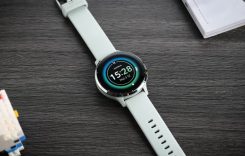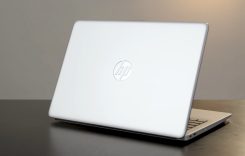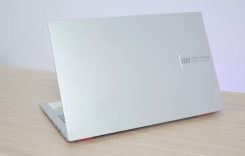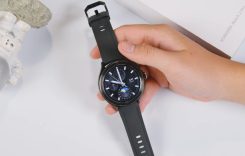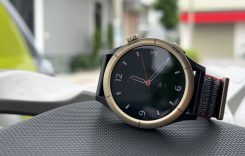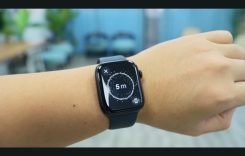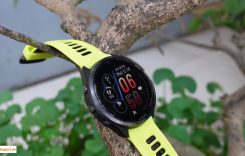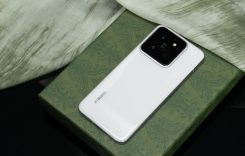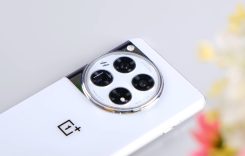Design
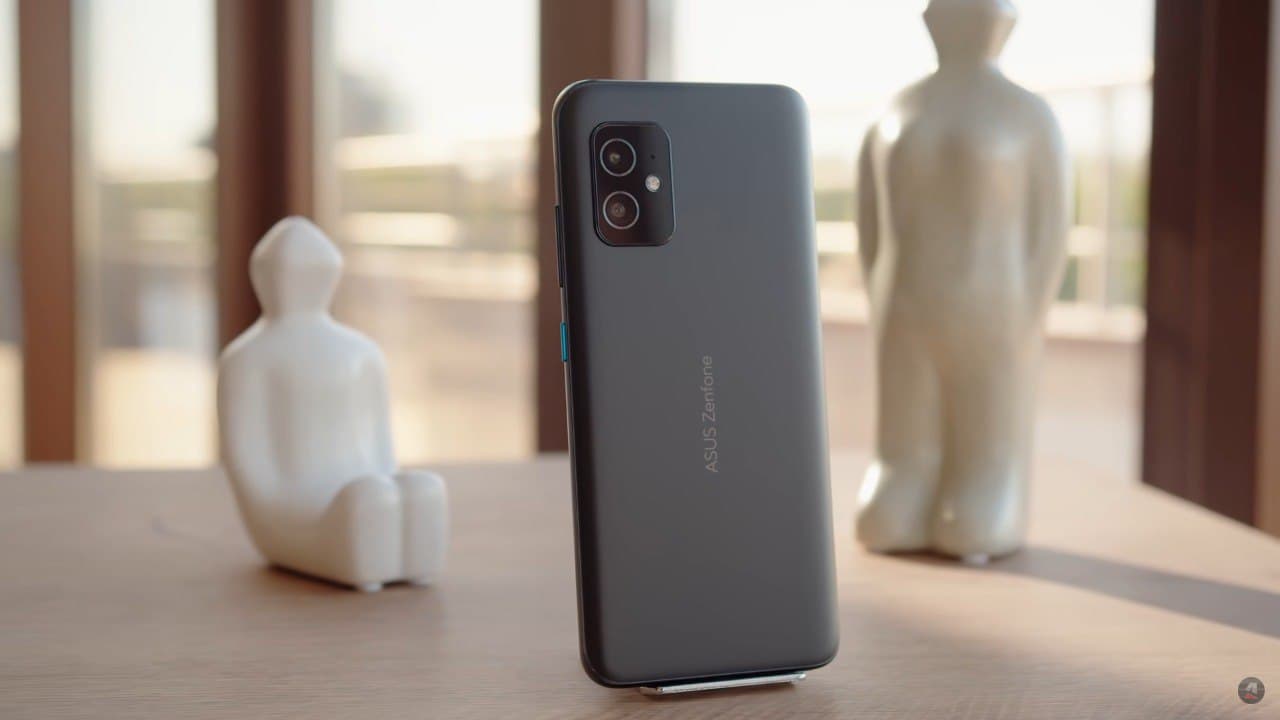
The Asus Zenfone 8 is quite different from the Zen phones we’ve seen in recent years. It doesn’t have a flip camera. Instead, his claim to fame is this compact form factor, which is hard to find in a flagship these days.
Let’s check it out in our for review. phones nowadays are pretty large compared to what you’d find on the market three or four years ago. With each generation, the screens, the batteries, everything gets bigger and bigger. And that means that people that prefer a smaller phone don’t have a lot of options. Zenfone 8 is a compact phone that still packs a flagship punch with as few compromises as possible.
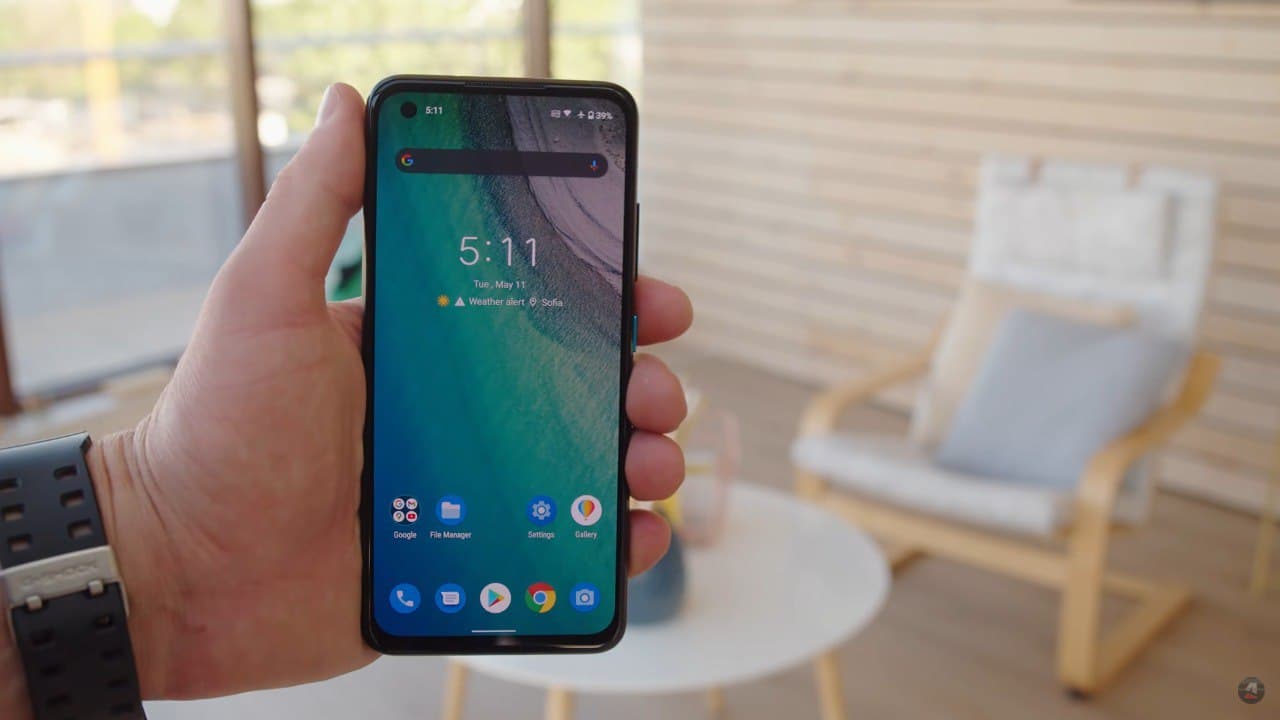
The build is flagship grade with a curved back made from Gorilla Glass 3 and an aluminum frame. The matte finish helps to offer some extra grip. This phone is super easy to wield in one hand, it’s compact, built around a 5.9-inch screen. It’s only nine millimeters thick and weighs in at 165 grams. Overall, the Zenfone 8 measures taller and a bit thicker than the iPhone 12 Mini. But it is tinier than the Galaxy S21. Making it the most compact Android flagship we’ve seen so far this year. And it’s not only about the size. Since the Zenfone 8 doesn’t have moving parts like the previous generations.
Display

On the front is quite an impressive screen specs-wise. It’s a 5.9 inch super ama led by Samsung with a fast 120 hertz refresh rate, a 20 DP resolution and Gorilla Glass Victus protection. However, you do get a small punch hole in the corner for the selfie cam, which you wouldn’t get on a typical Zenfone because of their flip cameras.
Thanks to the screens faster refresh rate moving elements like swiping or scrolling are quite smooth, even more so than the Zenfone 8 flip with this lower 90-hertz refresh. And with a 240-hertz touch sampling rate. This panel is extra responsive to be adaptive refresh rate could be better optimized, though. Pretty much only the UI runs at 120 hertz if you have the dynamic mode enabled. Playing your media and games at 120 is only possible if you enable the high performance mode in the battery settings.
The screen itself is really nice. A smaller size combined with a 20 DP resolution means that the picture is sharp at a crisp 445 PPI you get deep contrast you blacks to and HDR 10 Plus support. Brightness is great. We measured a maximum of 440 minutes with the manual slider and to boost up to 800 nits in auto mode when out in the sun. color accuracy here isn’t the best though. Regardless of your color mode. Whites do come out a bit bluish. You can try to mitigate this through the color temperature slider.
Audio
The Zenfone 8 has a pair of large stereo speakers. One sits at the bottom and the other one is near the top and doubles as the earpiece. Together they score a good mark in our loudness test that you can boost the speaker loudness even further in sound settings by enabling outdoor mode. The sound quality here is awesome. Some of the best we’ve heard from the phone.
The output is balanced with rich mids and highs and even some bass. I’m also impressed at a Seuss was able to fit a 3.5 millimeter jack into this small frame, especially since the Zenfone 8 flip doesn’t have what there’s even FM radio support for markets outside the EU. The Zenfone 8 has an always-on display which you can enable to show your time and notifications. Or you can save some power and rely on the notification LED which is located on the bottom here.
Specs
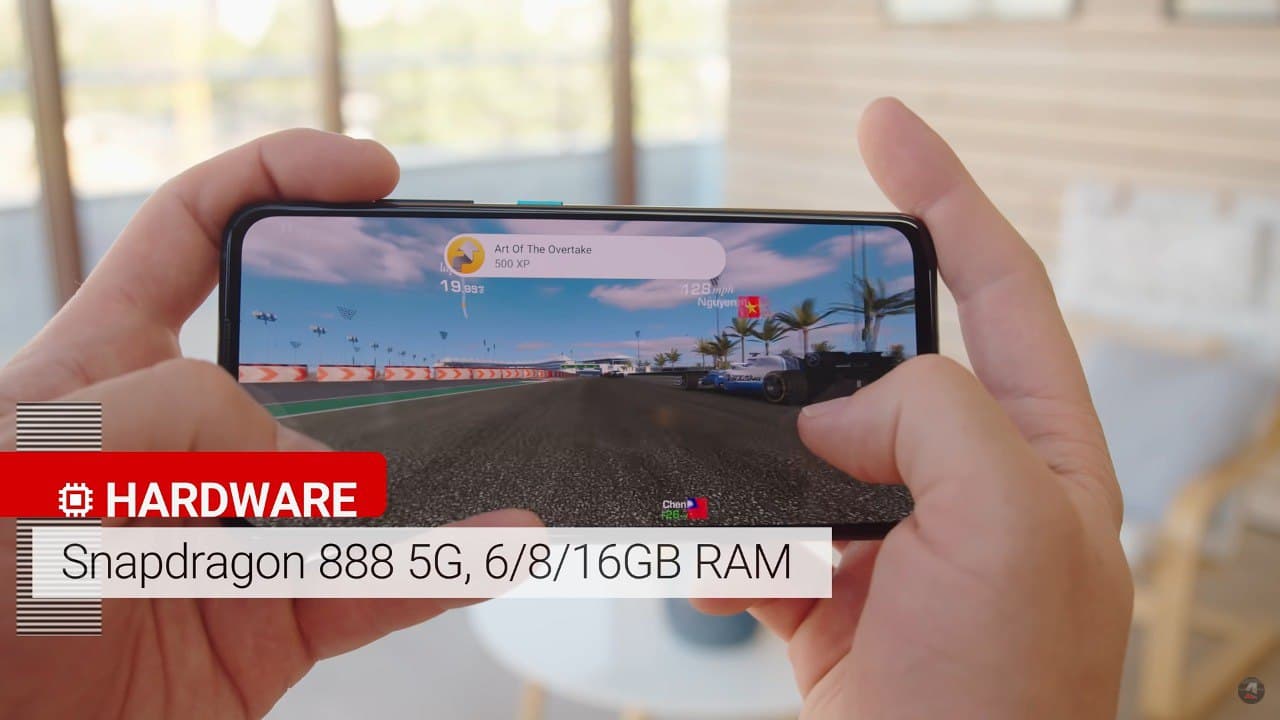
You also get 128 or 256 gigs of storage on board the device which isn’t expandable. The interface of the Zenfone 8 is a Seuss’s Zen UI, which is pretty close to stock Android, but you do get a few proprietary features.
You can keep your apps in an app drawer, which you can also access straight from the Recent Apps screen. On Zen UI, you’re able to adjust the volume of your notifications and the incoming calls separately. And a feature called Smarter ringtone will adjust the ringing volume depending on the ambient noise and give it a boost if needed. Another special feature is that you can map a function to the power button, which will activate upon a double press or holding the button down.
Waking up and unlocking the phone can be done with the Under Display fingerprint reader which is responsive and easy to reach. And finally, you get a Game Genie which can be opened with a swipe in-game similar to what you’d find on ACEs are OG phones. This can give you real-time performance stats, as well as plenty of extensive options for your gaming.
Chipsets
At the heart of the Zenfone 8 is the best Qualcomm chip to date the Snapdragon 888 5G. And as you’d expect performance here is awesome. The Zenfone 8 aces the benchmark charts, and there’s more than enough power here to run the heaviest Android games without a hiccup.
As far as the Thermal Scope the Zenfone 8 has a heat pipe and also uses the aluminum frame to dissipate heat and the phone will warm up under heavy stress. But with that said, thermal throttling is pretty minimal, and this is something pretty impressive for such a small phone.
Battery
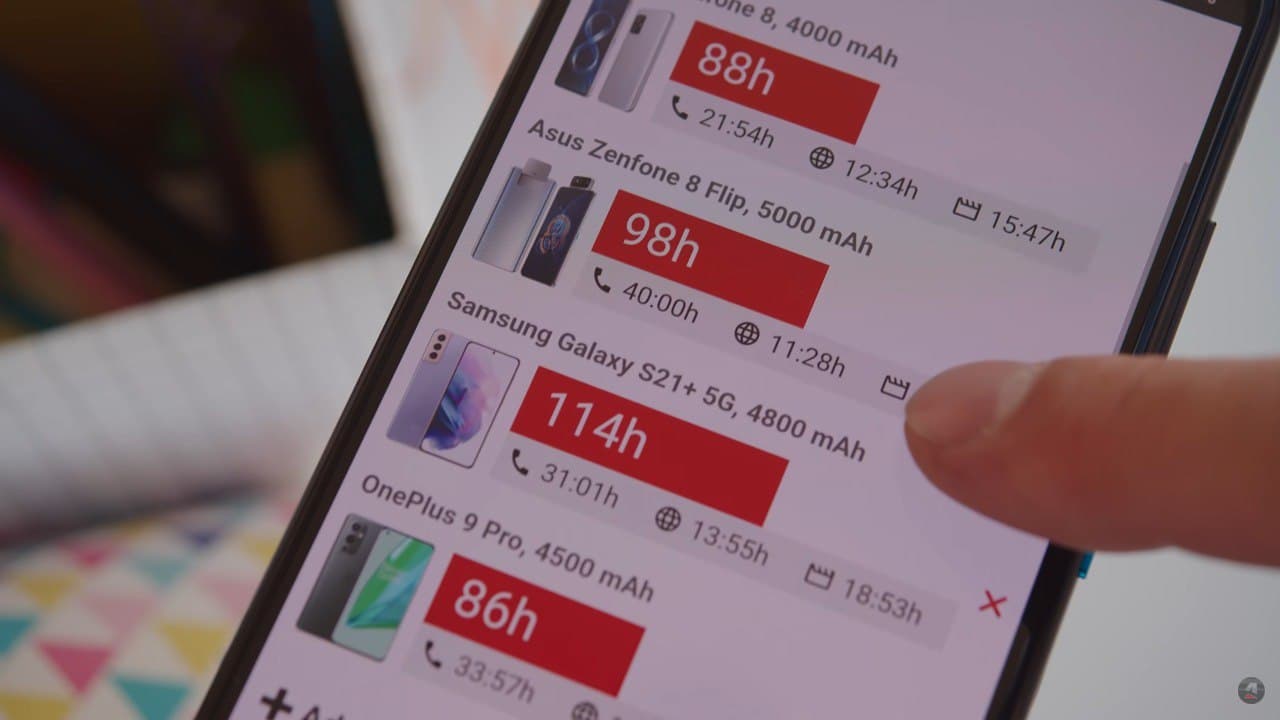
Even though the Zenfone 8 is quite compact, it comes with a properly large 4000 mAh battery life isn’t spectacular though. With the screen set to 120 hertz, the phone was able to score an endurance rating of 88 hours in our proprietary tests, which is par for the course for phones with this chipset. The Zenfone 8 supports 30 Watt fast charging and the adapter comes in the box. With it we were able to charge the phone decently fast from zero to 60% in half an hour.
Camera
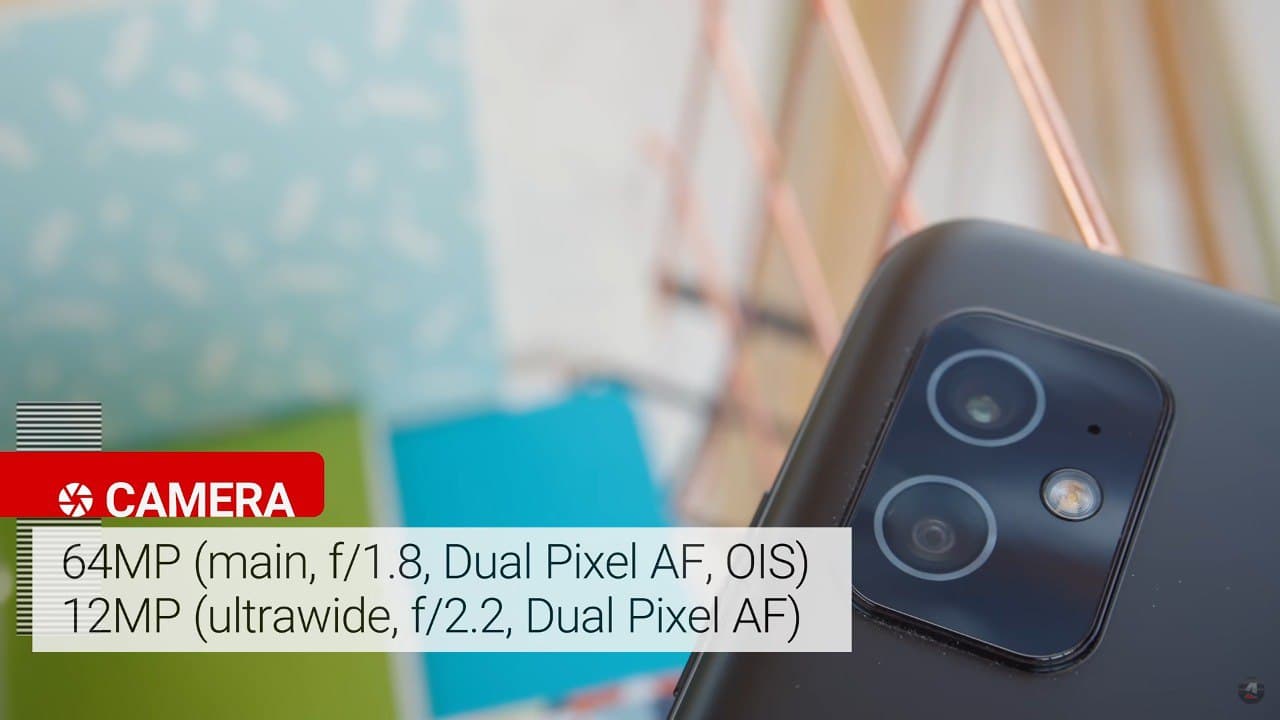
There’s a 64-megapixel quad bear main camera which is which can also provide two times lossless zoom and there’s a 12-megapixel ultra-wide with dual pixel autofocus that can also take close-ups. Photos from the main camera come out in 16 megapixels by default and they are awesome.
The detail level was impressive with balance sharpness and outstanding foliage presentation. The processing here looks quite natural with spot-on colors, and the dynamic range deserves praise to Acer software’s two times lossless zoom with a main camera by shooting in 64 megapixels, then cropping the 16-megapixel sensor and enhancing it. These look great.
Even though they aren’t as sharp as the regular photos they still have plenty of detail well-handled noise and excellent colors and dynamic range. The portrait mode uses the two times zoom by default and you can’t opt-out of it. What you don’t need to these are magnificent, sharp, and colorful with class-leading subject separation. The 12 megapixel shots from the ultra-wide shooter are great as well.
There’s plenty of resolved detail and again natural-looking processing with excellent foliage and skies. Colors are accurate contrast and dynamic range are great and the distortion correction is proficient to the ultra-wide camera is supposed to focus on subjects for closest four centimeters away and take macro shots, but in our experience, it was more like six or seven centimeters.
